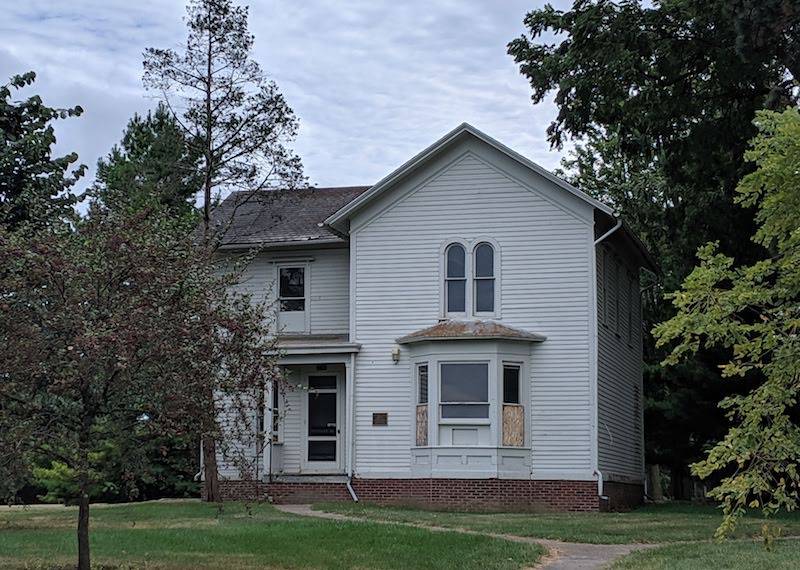The world has certainly changed since the last article in this series! But the good news is that we can all still go outdoors, even if we can’t team up in groups to do Pokémon Go raids or just to share the social experience of gaming together. Yes, the time has come for us to be anti-social! So if you do go out to game, go by yourself or make sure you’re following the current guidelines for social distancing, mask wearage, and handwashing. And don’t forget to disinfect your phone.
Campus is a great place to be out and about if you want to do some gaming, because it’s very quiet right now. When I ventured out to the Quad last week, it was even less populated than it typically is during a summer session, much less during a typical late-April day. It’s also chock full of game locations, so you can make good progress on your games while staying safe.
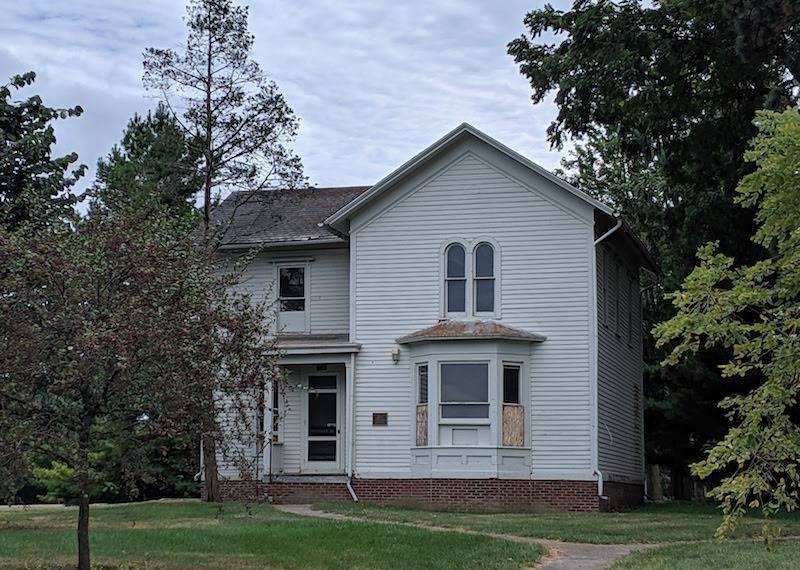
Photo by Katriena Knights.
One interesting and often overlooked location on the South Quad is Mumford House. This small, white, rather unassuming house is the oldest building on the U of I campus. Built in 1870 as a model farmhouse, it originally served the School of Agriculture. As need shifted, Mumford House became a real home for several university deans, including Herbert Mumford, a previous dean of the College of Agriculture, for whom the house was named. Later, Mumford House was used for faculty offices. By the 1990s, though, these offices had moved elsewhere, and Mumford House was no longer in use. In 2006 it was placed on a list of endangered places by Landmarks Illinois.
By 2008, considerable discussion was underway regarding what to do with Mumford House. One proposal was to move it to a new location south of Windsor Road to accompany a horse barn that had been relocated to that area. The horse barn was believed to have originally accompanied Mumford House, and the idea at the time was to pair the two buildings again as part of a new interpretive installation for the College of Agriculture.
Preservationists, however, argued that moving the house would inappropriately remove it from its historical context. In the end, Mumford House stayed where it was. It was not in the best shape, so stabilization work was done in 2010, with a plan to renovate the house at a future date. Today, Mumford House still stands empty, in need of additional renovation but preserving the memory of the earliest days of the University of Illinois.
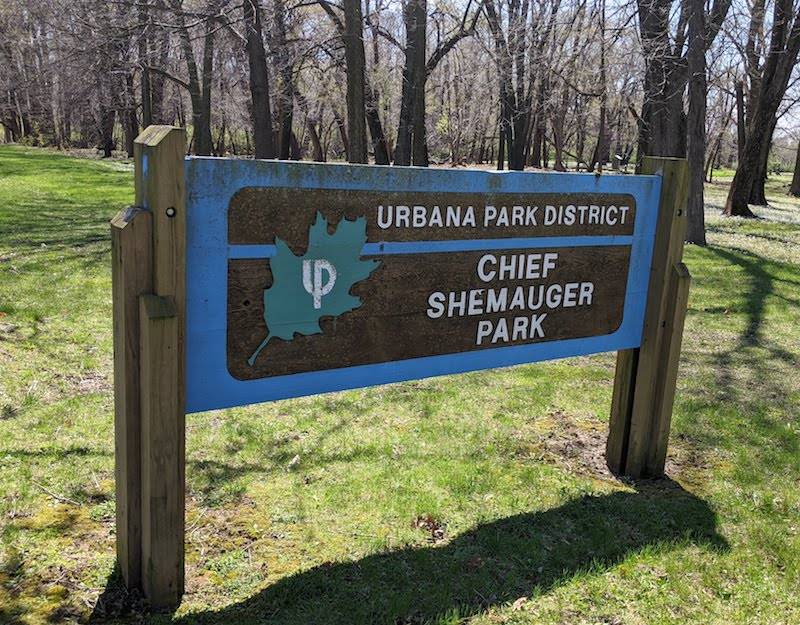
Photo by Katriena Knights.
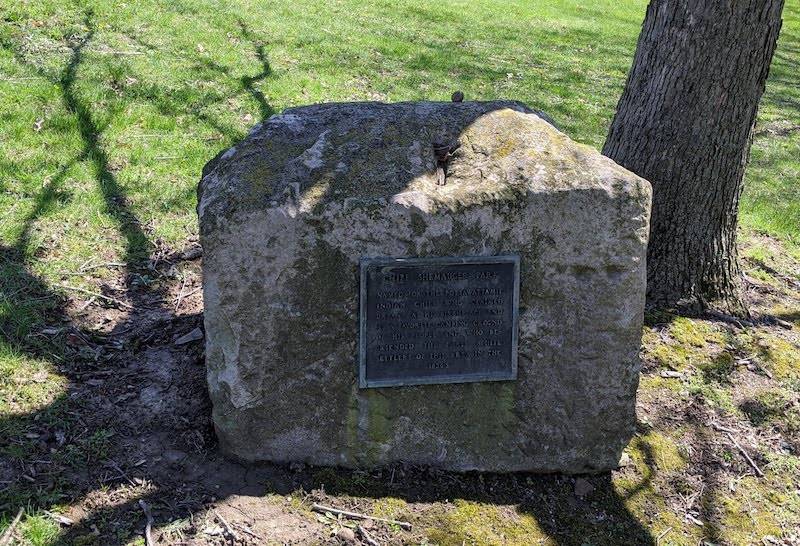
Photo by Katriena Knights.
A different kind of history is represented by Chief Shemauger Park, in Urbana just off Vine Street, behind Westlawn Cemetery. Chief Shemauger, the story goes, was a Potawatomie chief who was friendly with early settlers in the Urbana area and signed a treaty with them under an oak tree that still stands in East Urbana. The park is named for him, and a stone marker honoring Shemauger serves as a game location there.
Chief Shemauger, who said he was born near Boneyard Creek, lived out his long life in the Urbana area and was buried in what was then known as the Pioneer Cemetery. This cemetery boasted some of the earliest burials in the area, but most of the graves there were relocated during the construction of Leal Park, which was built on the cemetery site in 1903. Purportedly there are still 25 or 30 graves at Leal Park, but the markers were either removed or buried.
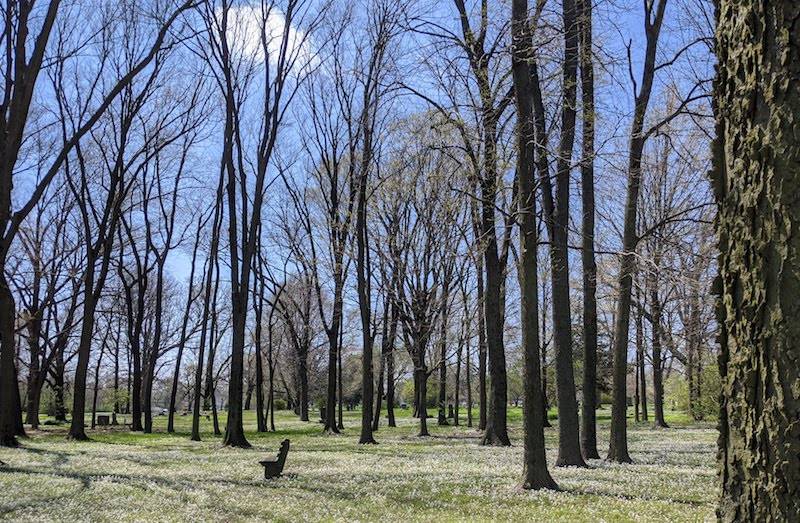
Photo by Katriena Knights.
Chief Shemauger Park is now the home of the Urbana Park District’s Planning and Operations Facility, as well as a basketball court and a small grove of trees where visitors can picnic. If you are in the area gaming, be sure to catch the stop at Eastlawn Cemetery, as well.
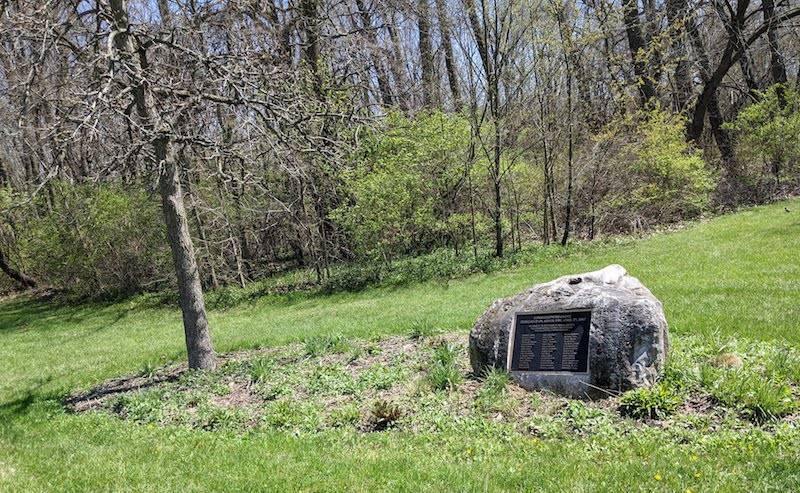
Photo by Katriena Knights.
Weaver Park in Urbana is another park often overlooked, but which features a couple of game stops as well as serving as an interesting landmark. The park serves as the trailhead for the in-progress Kickapoo Rail Trail. When complete, the KRT will run from the Weaver Park Trailhead all the way to Kickapoo National Park near Danville. Right now, it goes from Urbana to St. Joseph, with construction still underway on the additional legs.
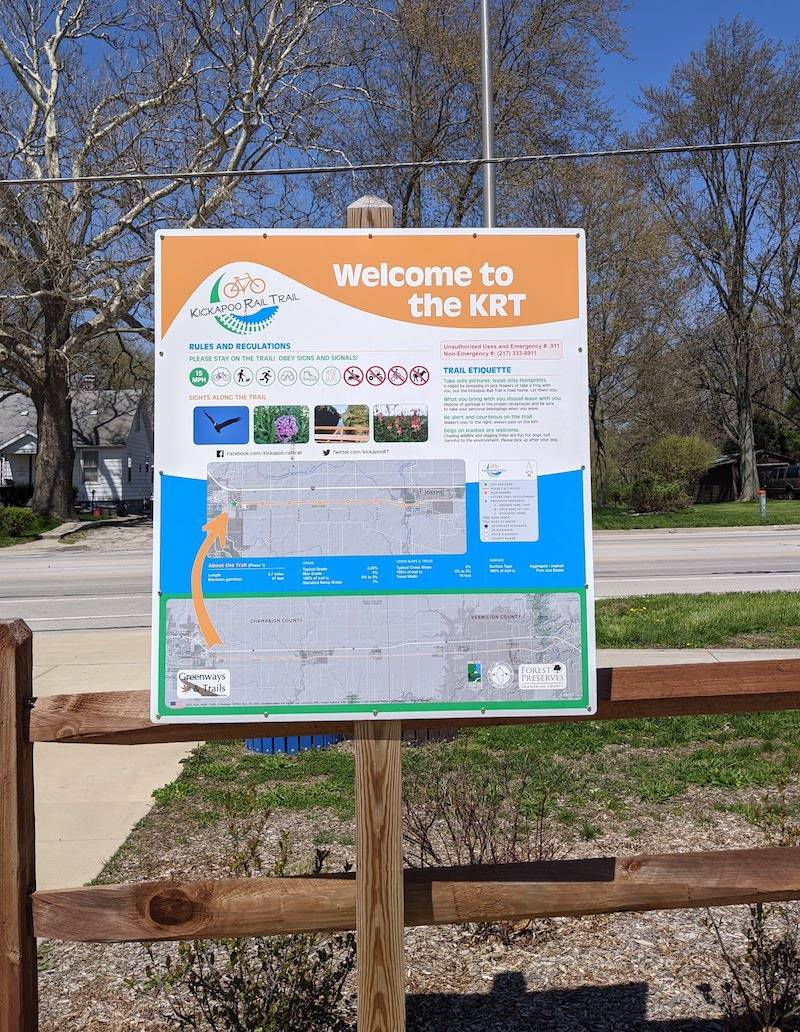
Photo by Katriena Knights.
The Kickapoo Rail Trail follows the path of a defunct railroad line, the Indianapolis, Bloomington, and Western Railway, originally constructed in 1869. Today, the trail repurposes the railroad line into an educational journey where walkers or bicyclists can find examples of native ecosystems as well as sites of historical interest. Eventually, the trail will run 24.5 miles.
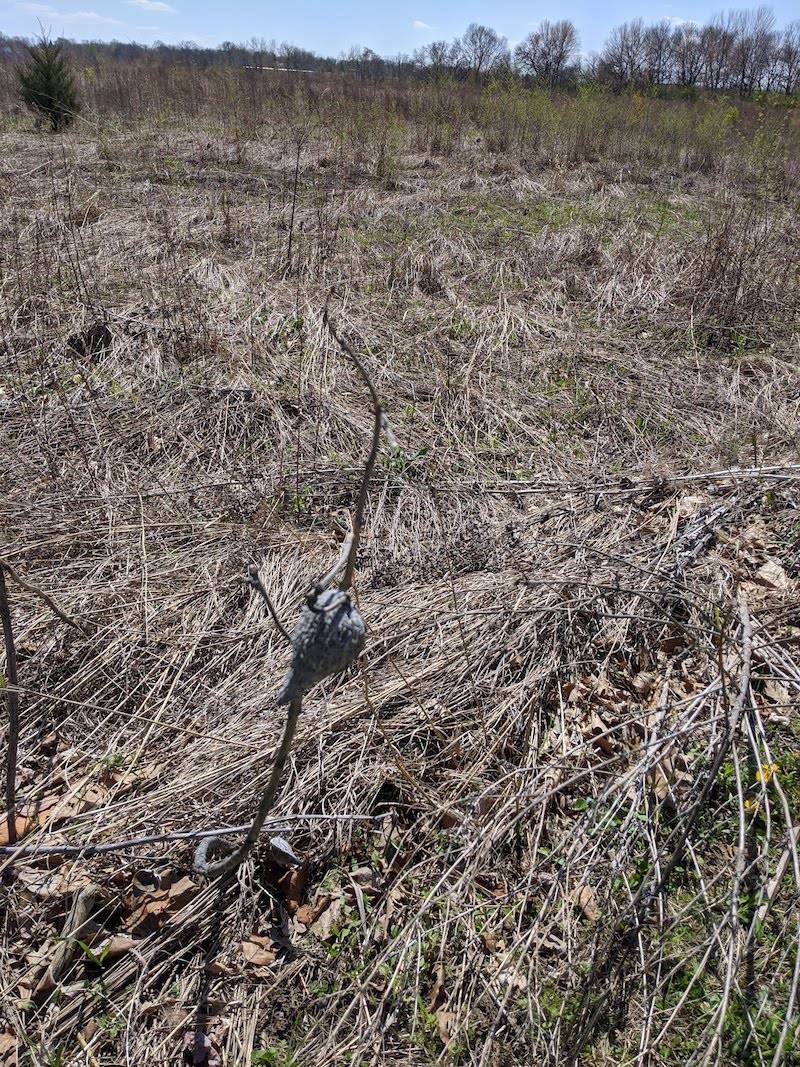
Photo by Katriena Knights.
Weaver Park itself also preserves an example of native ecosystems. Thirty-five acres of the 60-acre park has been dedicated to native grasses and prairie, while another portion recreates a wetland environment (parts of the park are still under development). In addition to being an award-winning watershed serving east Urbana neighborhoods, the wetland area provides homes to flora and fauna that thrive in the increasingly shrinking wetland environment. Another five acres are dedicated to savanna and woodlands. Trails wind through these areas, providing a firsthand glimpse at what our area looked like before development took it over. There is rarely much traffic at Weaver Park, so it’s truly an overlooked location even in the best of times.
These currently quiet locations are a great place to go to stretch your legs, take in some sun, and keep your gaming on track. While you’re there, be sure to wear your face mask and be considerate of other park visitors by maintaining proper distancing.








